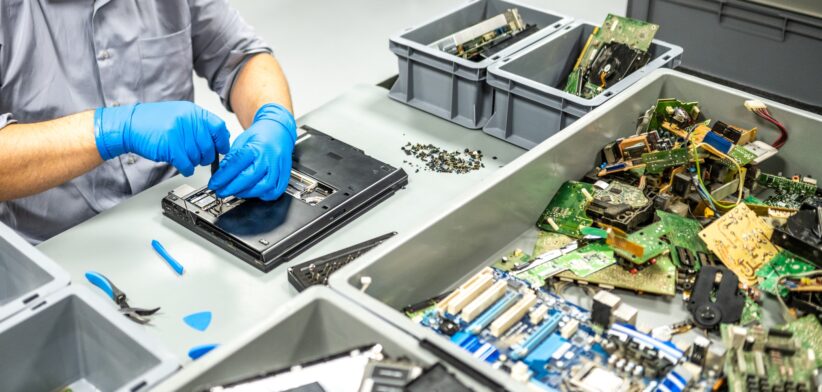Australia’s push to leverage its abundance of critical minerals needs to be paired with a recycling program to optimise the clean energy transition.
A white paper from the University of Sydney’s Net Zero Institute (NZI) argues a circular economy approach was needed to create a sustainable supply of critical minerals and materials.
NZI Director Professor Deanna D’Alessandro said the report emphasised the need to recycle critical minerals and explore alternatives for essential materials in the transition to net zero emissions.
“The report points out that products such as EVs, wind turbines, and solar panels have a limited life, and in the absence of recycling, the primary demand will continue to grow, eventually exhausting the resources,” Professor D’Alessandro said.
She said the recycling critical minerals from end-of-life products, such as everyday consumer electronics and electric vehicle batteries, was essential for reducing reliance on finite natural resources.
Professor D’Alessandro said the report also looked at need to find substitute, alternative technologies and materials that replaced those finite resources.
“The answer to the challenge of critical materials may be to make them less critical by developing alternate technologies or services that do not require as much of the critical material, or that use a different material entirely.”
She said critical minerals like lithium, copper, and rare earth elements were crucial for renewable energy technologies such as electric vehicles and solar panels.
“However, the increasing demand for these resources is putting pressure on existing supply chains, making it vital to adopt sustainable practices like recycling and material substitution.”
Professor D’Alessandro said it was important to understand that the goal wasn’t just to reach net zero by 2050, but to maintain it every year after that.
She said current recycling technologies faced challenges due to the complexity and cost of recovering materials from used products, but innovative approaches were being explored.
“These include advanced bioleaching methods and the development of recycling-friendly product designs to make the recovery of materials more efficient and cost-effective.”








